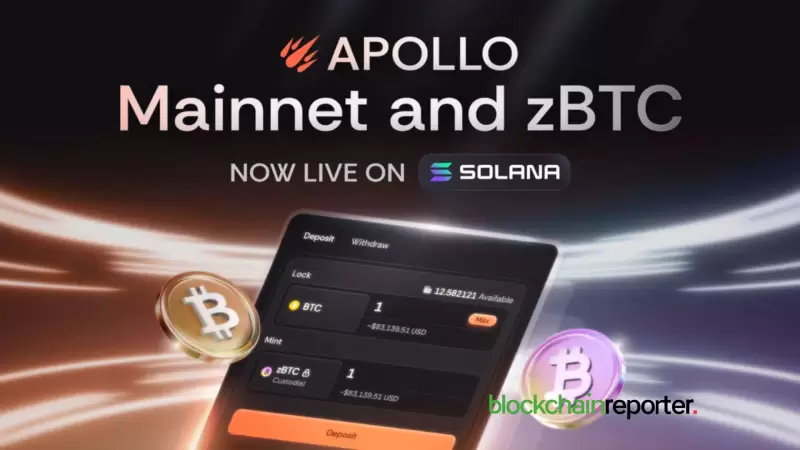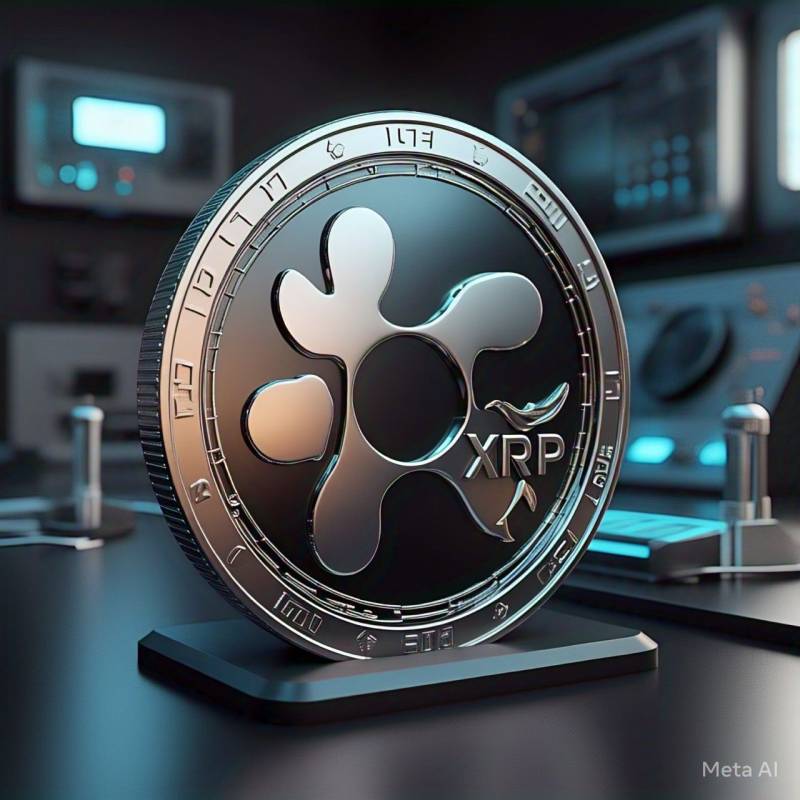 |
|
 |
|
 |
|
 |
|
 |
|
 |
|
 |
|
 |
|
 |
|
 |
|
 |
|
 |
|
 |
|
 |
|
 |
|
Cryptocurrency News Articles
Ripple's Stablecoin Announcement Spurs Speculation and Debate in Crypto Community
Apr 06, 2024 at 01:15 am
Amid the introduction of a USD-backed stablecoin on XRP Ledger and Ethereum, concerns have emerged regarding the impact on XRP. However, analysis by cryptocurrency researcher Krippenreiter emphasizes the distinct functions and value propositions of stablecoins and XRP. While stablecoins maintain stability through pegs to real-world assets, XRP operates as a neutral token on XRPL, providing immunity from counterparty risks and transparency in supply dynamics. The dedollarization trend and XRP's decoupling from the US dollar also contribute to its enduring value, despite the introduction of a Ripple-backed stablecoin.

Ripple Stablecoin Announcement Sparks Speculation and Debate
Introduction
Ripple's recent proposal to issue a stablecoin, backed by the United States dollar, on the XRP Ledger (XRPL) and Ethereum networks has ignited a flurry of speculation and debate within the cryptocurrency community. The primary concern centers on the potential implications for XRP, the native cryptocurrency of Ripple, commonly utilized in cross-border transactions.
Stablecoins vs. XRP: Understanding the Differences
To address these concerns, cryptocurrency researcher Krippenreiter has provided a detailed analysis, emphasizing the fundamental distinctions between stablecoins and XRP. Unlike stablecoins, which are pegged to real-world assets such as the US dollar to maintain stability, XRP functions as a globally neutral token on the XRPL. This neutrality affords XRP a level of immunity from counterparty risks inherent in stablecoins, which rely heavily on issuers and institutions. Additionally, the transparency of the XRPL allows for real-time tracking of XRP's supply dynamics, a feature not inherent to stablecoin operations that depend on periodic audits and attestations.
Global Financial Dynamics and XRP's Role
Krippenreiter's analysis also considers the ongoing process of dedollarization, a trend observed among BRICS countries and others to reduce their dependence on the US dollar. This trend poses a potential threat to the value of stablecoins backed by the US dollar, as trust in the fiat currency wanes. In contrast, XRP's value proposition is not tethered to the US dollar, providing it with a layer of insulation against such geopolitical and economic shifts. Furthermore, the flexibility of XRP, controlled by consensus among its users, contrasts with the top-down governance model of stablecoins, where issuers dictate supply dynamics.
Ripple's Stablecoin Initiative and XRP's Enduring Value
Despite the introduction of a Ripple-backed stablecoin, Krippenreiter argues that XRP will continue to play a significant role in the cryptocurrency ecosystem. The analysis highlights the inherent differences in utility and governance between stablecoins and XRP, suggesting that XRP's value proposition, including its transaction speed and decoupling from the traditional financial world, will remain intact.
Criticisms and Counter-Arguments
The announcement of Ripple's stablecoin has not been without its critics. CoinDesk, in particular, has suggested that Ripple's entry into the stablecoin market is driven by a pivot born out of necessity rather than innovation. However, these criticisms have been met with robust rebuttals from industry leaders, including Ripple CEO Brad Garlinghouse. Garlinghouse, supported by insights from Artur Kirjakulov, co-founder and CEO of XPMarkets, emphasized Ripple's enduring partnerships, its expansion into new business domains, and the continued relevance of XRP in financial transactions as counterpoints to the narrative of decline.
Conclusion
Ripple's stablecoin proposal has sparked a lively debate within the cryptocurrency community. While concerns have been raised about the potential impact on XRP, analysts like Krippenreiter argue that XRP's inherent characteristics and distinct value proposition will ensure its continued relevance. The upcoming Ripple stablecoin should be viewed as a complementary asset rather than a replacement, further enhancing the Ripple ecosystem's utility. Industry leaders have also dismissed criticisms of Ripple's motivations, highlighting the company's ongoing innovation and commitment to the broader cryptocurrency landscape. As the cryptocurrency market continues to evolve, it remains to be seen how Ripple's stablecoin will shape the ecosystem and the role of XRP within it.
Disclaimer:info@kdj.com
The information provided is not trading advice. kdj.com does not assume any responsibility for any investments made based on the information provided in this article. Cryptocurrencies are highly volatile and it is highly recommended that you invest with caution after thorough research!
If you believe that the content used on this website infringes your copyright, please contact us immediately (info@kdj.com) and we will delete it promptly.
-

- Animoca Brands Partners with Sony's Soneium Blockchain to Establish Robust Identity Infrastructure through Moca Network
- Apr 08, 2025 at 02:00 am
- This collaboration involves deploying Moca Network's identity layer on the Ethereum Layer 2 blockchain, which is powered by Optimism's Superchain technology.
-

-

-

-

- As Q2 2025 Approaches, These 4 Altcoins Are Poised to Outperform the Market
- Apr 08, 2025 at 01:50 am
- March proved to be a challenging month for many altcoins, with several experiencing sharp corrections. However, as Q2 2025 approaches, some tokens are positioned to benefit from potential improvements in market conditions.
-

- Chipper Cash Users to Gain 24/7 Global Payments with Ripple Integration
- Apr 08, 2025 at 01:50 am
- Ripple, a leading provider of digital asset infrastructure, has announced a new partnership with Chipper Cash. Through this partnership, Ripple Payments serves as the mechanism to enhance international money transfers to Africa.
-

-

-



























































